How Much is Semaglutide?
Published
Oct 30, 2023
Learn more about the many potential benefits of Semaglutide, including sustainable weight loss.
Introduction
Wegovy®, Rybelsus®, Ozempic® — if you have browsed the internet or watched the news recently, you’ve likely heard about one of these weight management drugs.
These fast-acting medications contain Semaglutide, an ingredient known to suppress appetite in obese patients. Additionally, with its ability to manage blood sugar levels effectively, Semaglutide can treat adults with type 2 diabetes.
Henry Meds™ helps patients across the U.S. access life-changing care through customized treatment plans tailored to their unique needs. For those seeking help managing their weight, our licensed healthcare providers can prescribe once-weekly Semaglutide/Cyanocobalamin injections, which contain a compounded form of Semaglutide*, as part of their treatment.
Whether you’re exploring options following a diabetes diagnosis or looking for help on your weight-management journey, you’re probably wondering about the price tag associated with the treatment. How much should you expect to spend on Semaglutide treatments? Are they the most cost-effective solution for lowering blood sugar and body mass index (BMI)?
This article will explore the target populations eligible for treatment, discuss medication prices (with or without insurance), and provide a cost analysis on the value of Semaglutide injections.
*None of the medications prescribed by our providers are associated with the Novo Nordisk™ company or the brand name medications Saxenda®, Wegovy®, or Ozempic®.
What is Semaglutide?
In medical terms, the Semaglutide injectable medication is a glucagon-like peptide-1 (GLP-1) receptor agonist.¹
What does that mean for patients taking Semaglutide? Essentially, this medication triggers the brain to generate more insulin, which reduces an individual’s blood sugar levels.
But that’s not all — Semaglutide injections tell the brain that the body feels full, resulting in reduced appetite and weight loss.
Why Individuals Consider Semaglutide Injections
Two major populations benefit from Semaglutide treatments: those in need of weight management and patients with type 2 diabetes.
Semaglutide is a treatment option for adults with type 2 diabetes. In 2021, the Food and Drug Administration (FDA) also approved Semaglutide for chronic weight management.²
Whether you’re interested in developing a weight management program or treating type 2 diabetes, here’s how Semaglutide injections can improve your health and lifestyle.
Weight Management
Before discussing injections for weight management, we must first explore how doctors assess patients for obesity, including BMI and other factors.
BMI is assessed by taking an individual’s height and weight and calculating an estimate of overall body fat. This assessment can be done professionally at a doctor’s office or at home with a measuring tape and a scale.
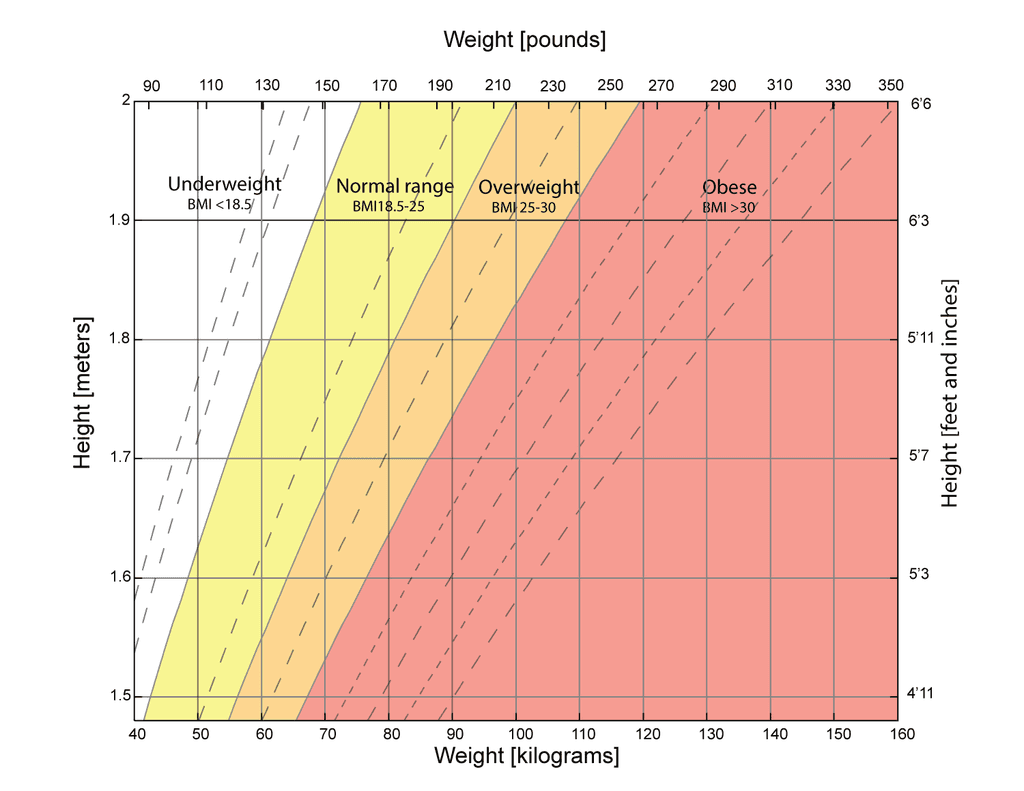
When the BMI enters the overweight (25.0–29.9) or obese (30.0 and above) range, an individual is at risk for various health issues, including type 2 diabetes, heart disease, stroke, and cancer.³ The longer someone maintains a high BMI, the more at-risk they become.
The United States has seen a steady upward trend in obesity since 1980. At that time, only 15% of the population was classified as obese.⁴ Now, the Centers for Disease Control and Prevention (CDC) estimates that 41.9% of the American population is obese.⁵
However, physicians have more than just BMI to consider when assessing an individual’s health.
Muscle weighs more than fat. Fit individuals and body builders may have BMIs classified as overweight and obese — but that doesn’t mean their health is at risk.
To combat this, some doctors will measure an individual's body mass percentage. By using body mass percentage, a physician will conduct more tests to determine your muscle mass, water intake, metabolism, and any potential health related risks.
This information can be helpful in many ways. Some individuals have a history of metabolic disorders, which can cause their weight to fluctuate. Other individuals feel extreme thirst and have a high water intake, which might be a sign of type 2 diabetes.
That’s where judgment-free tools, like doctor supervised medical weight loss treatments (like Semaglutide and other GLP-1 medications) can help.
Considering the health risks of maintaining a high body mass percentage, Semaglutide is a fast-acting option that can help weight management patients manage their physical health.
Type 2 Diabetes
Unfortunately, a high BMI or body mass percentage and type 2 diabetes go hand in hand. Overweight and obese BMIs are a significant risk factor for prediabetes. Without proper weight management, prediabetics can quickly develop type 2 diabetes.
How does this happen? Type 2 diabetes occurs in children and adults when the body cannot produce enough insulin to maintain healthy blood sugar.⁶
When the body produces too little insulin, excess sugar in the bloodstream, also called hyperglycemia or high blood sugar, develops.⁷ This condition is often the first indicator of diabetes.
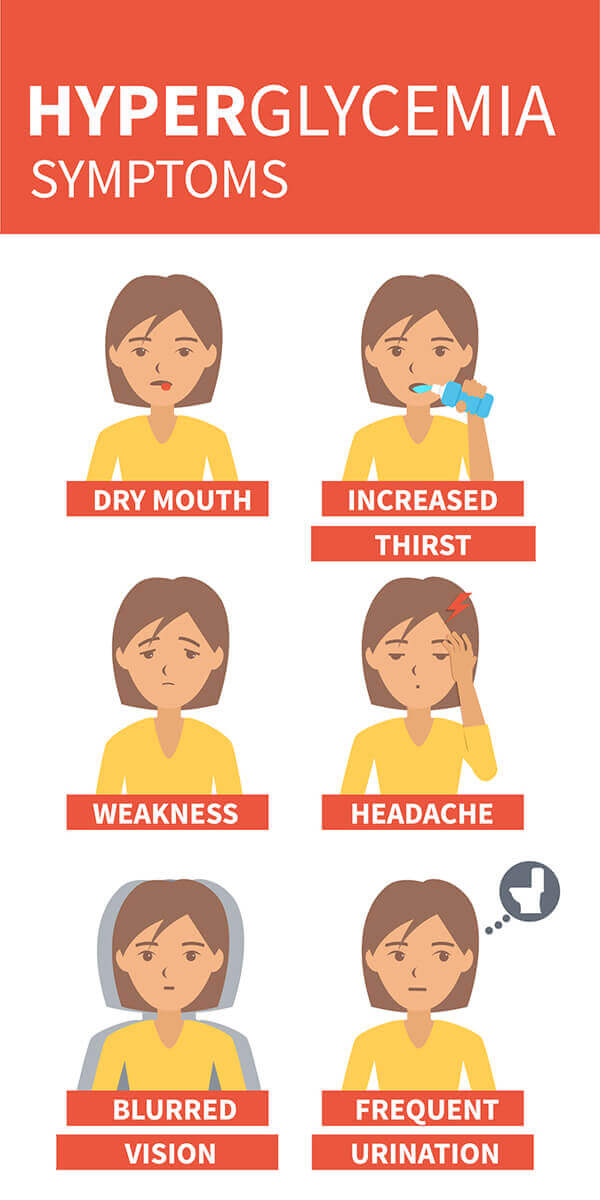
If left untreated, high blood sugar levels can damage various parts of the body, including blood vessels, organs, and nerves.
But what influences an individual’s blood sugar levels? Diet and exercise.
Our bodies break down carbohydrates into glucose (or sugar) whenever we consume something. Then, the body uses insulin to process the glucose from the bloodstream and transfer the glucose into cells for energy.
That’s why the first line of treatment for type 2 diabetes is typically diet and exercise. Fresh food contains fewer carbohydrates, which means less glucose for the insulin to transform. In turn, physical fitness uses up glucose during activity.
But therein lies the deeper problem — if diet and exercise were easy to maintain, there’d be fewer Americans struggling with type 2 diabetes and weight management.
The effectiveness of weight-loss intervention medications like Semaglutide was studied in one clinical trial of nearly 2,000 adults. Researchers administered Semaglutide injections to one group of adults and lifestyle changes (diet and exercise) to the other group. During the 68-week study, the group instructed to participate in diet and exercise without the help of medication only lost 2.4% of their body weight.⁸
None of the participants had a type 2 diabetes diagnosis, which means their bodies didn’t struggle to produce insulin and convert glucose like diabetes patients do — and they still had problems managing their weight without medication.
Semaglutide triggers the brain to release more insulin, lowering blood sugar levels and reducing a diabetic’s risk of developing hypoglycemia. But it also helps people lose weight.
Weight management and healthy blood sugar levels are critical components for controlling type 2 diabetes — all of which can be obtained through a weight management program that includes weekly Semaglutide injections.
How Much Do Semaglutide Injections Cost?
Two major factors affect the cost of Semaglutide injections: treatment type and insurance coverage.
If an individual is prediabetic or living with type 2 diabetes, Semaglutide injections might be covered by their insurance plan. Those seeking more specific information on costs should consult their insurance provider.
However, individuals solely seeking medical weight management treatment will have more difficulty receiving approval. Many insurance companies do not issue payments for obesity-related medications.
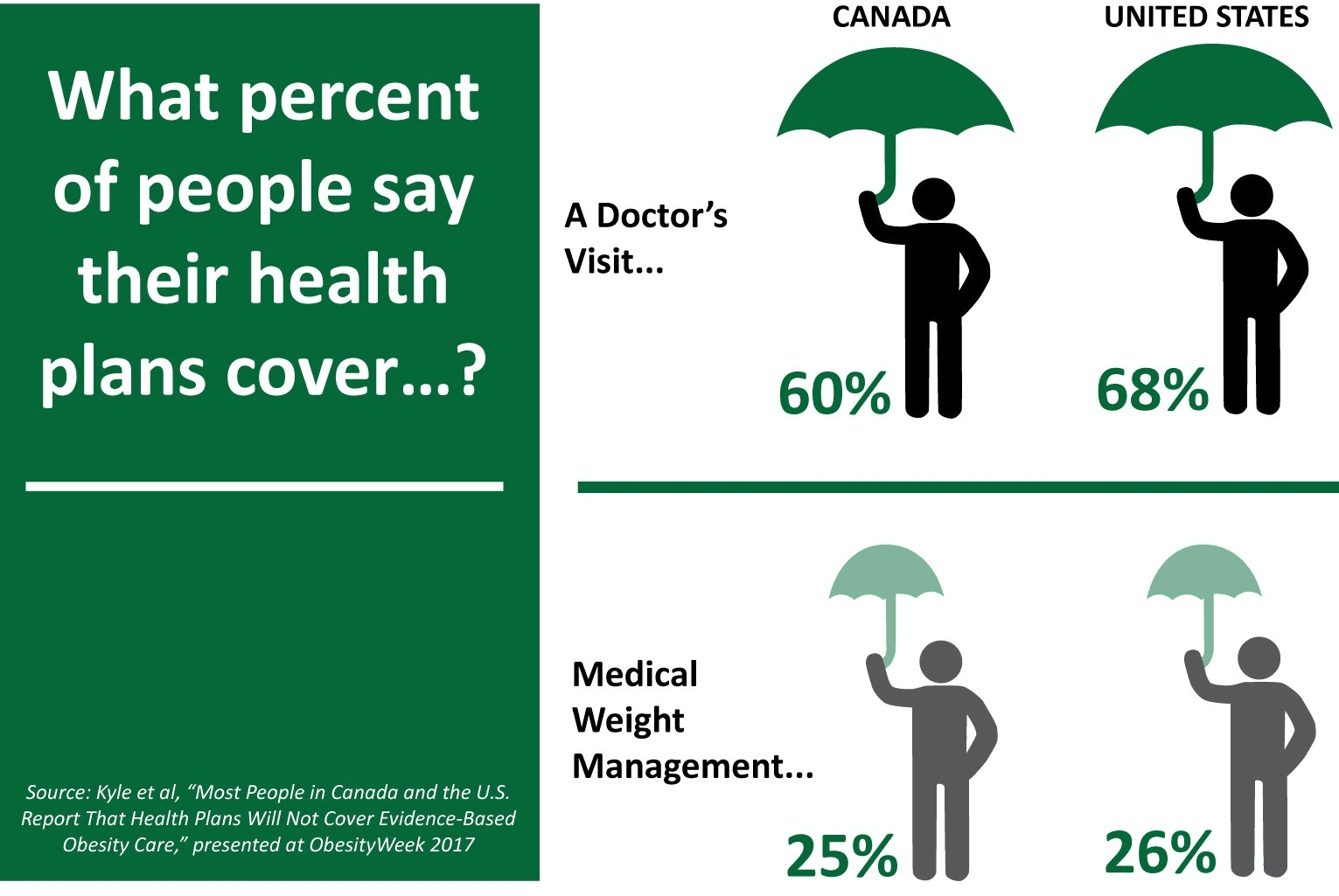
According to the Affordable Care Act, insurance companies are responsible for covering obesity screening and counseling.⁹ But that doesn’t include medication — meaning patients looking to reduce their BMI with Semaglutide injections may pay out-of-pocket for their treatment.
Unfortunately, these out-of-pocket costs can range from $730 to $1,400 monthly.¹⁰ This expense can break the bank for most Americans struggling with weight management.
That’s why Henry Meds™ offers GLP-1 weight management programs for $297 a month. We believe everyone should have access to the care they deserve at an affordable price.
The process is simple. Prospective patients fill out an online medical form and schedule a telehealth call with one of the providers on the Henry Meds platform. Depending upon your dosing schedule, medically approved patients are eligible to receive their medications by mail straight from their pharmacy!
No hidden fees, no insurance required — everything is included for $297 a month!
Common Side Effects of the Semaglutide Injection
Before spending money on Semaglutide injections, patients must discuss the common side effects with their doctor or healthcare team.
Research has shown that taking Semaglutide can result in the following side effects:¹¹
Constipation
Diarrhea
Dizziness
Fatigue
Gas buildup in the form of increased belching or flatulence
Gastroesophageal reflux disease (GERD)
Headaches
Indigestion
Patients with a family history of medullary thyroid carcinoma shouldn’t take Semaglutide injections. Additionally, this medication isn’t recommended for individuals with multiple endocrine neoplasia syndrome type 2.
We want to help you find a treatment that's right for you at an affordable cost. If you don’t love your results, Henry offers a 30-day refund guarantee.
Cost Analysis: Is Semaglutide Worth it?
Yes. Individuals with a high BMI, history of metabolic disorders, or familial diabetes are at risk for numerous health concerns — all of which are costly to treat and could severely affect an individual’s quality of life.
Outside of type 2 diabetes, one of the biggest health risks for people with high BMIs is cancer. According to the Centers for Disease Control (CDC), 13 different cancers are associated with a high BMI, including breast, colon, liver, and thyroid cancer.¹²
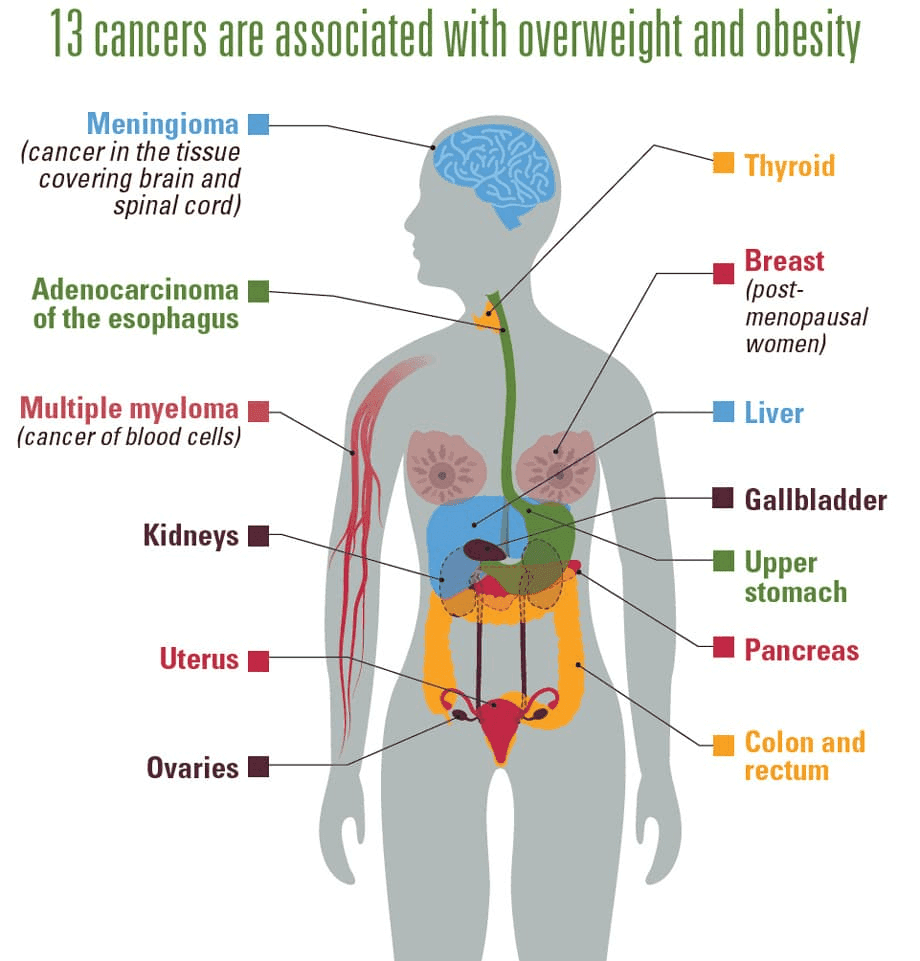
With or without insurance, cancer is expensive. Researchers anticipate that $246 billion will be spent on cancer treatment by the year 2030.¹³
Another serious health concern is cardiovascular disease (heart disease).
The CDC reports nearly 700,000 people die of heart disease or related complications yearly. An estimated $216 billion is spent annually treating these patients.¹⁴
Unfortunately, many risk factors for developing heart disease are also associated with a high BMI. Health conditions that impact cardiovascular health, like type 2 diabetes and high blood pressure, are common among overweight individuals.
While other risk factors are associated with cancer and heart disease development, including family history and smoking, obesity is a significant component.
When you factor in the hefty treatment price for these deadly diseases associated with obesity, the benefits of GLP-1 receptor agonists, like Semaglutide, become apparent.
Is Maintaining a Healthy Lifestyle More Cost-Effective Than Injectable Prescription Medicine?
Not exactly.
One of the biggest issues with maintaining a healthy lifestyle is food access. Americans who live in low-income areas and rural locations often struggle to find fresh, affordable food.
Limited food access occurs for several reasons.¹⁵ For some individuals, the nearest grocery store isn’t within walking distance of their house. They’re forced to use transportation to purchase groceries, which can be time-consuming and expensive — not everyone has a car.
To make matters worse, the nearest food shop might offer unfair prices on fresh food. Individuals may have to travel farther to find affordable food within their budget.
Alternatively, processed foods are cheaper and last longer compared to healthy foods. When you have limited access to grocery stores, buying processed foods means making fewer shopping trips and lower bills.
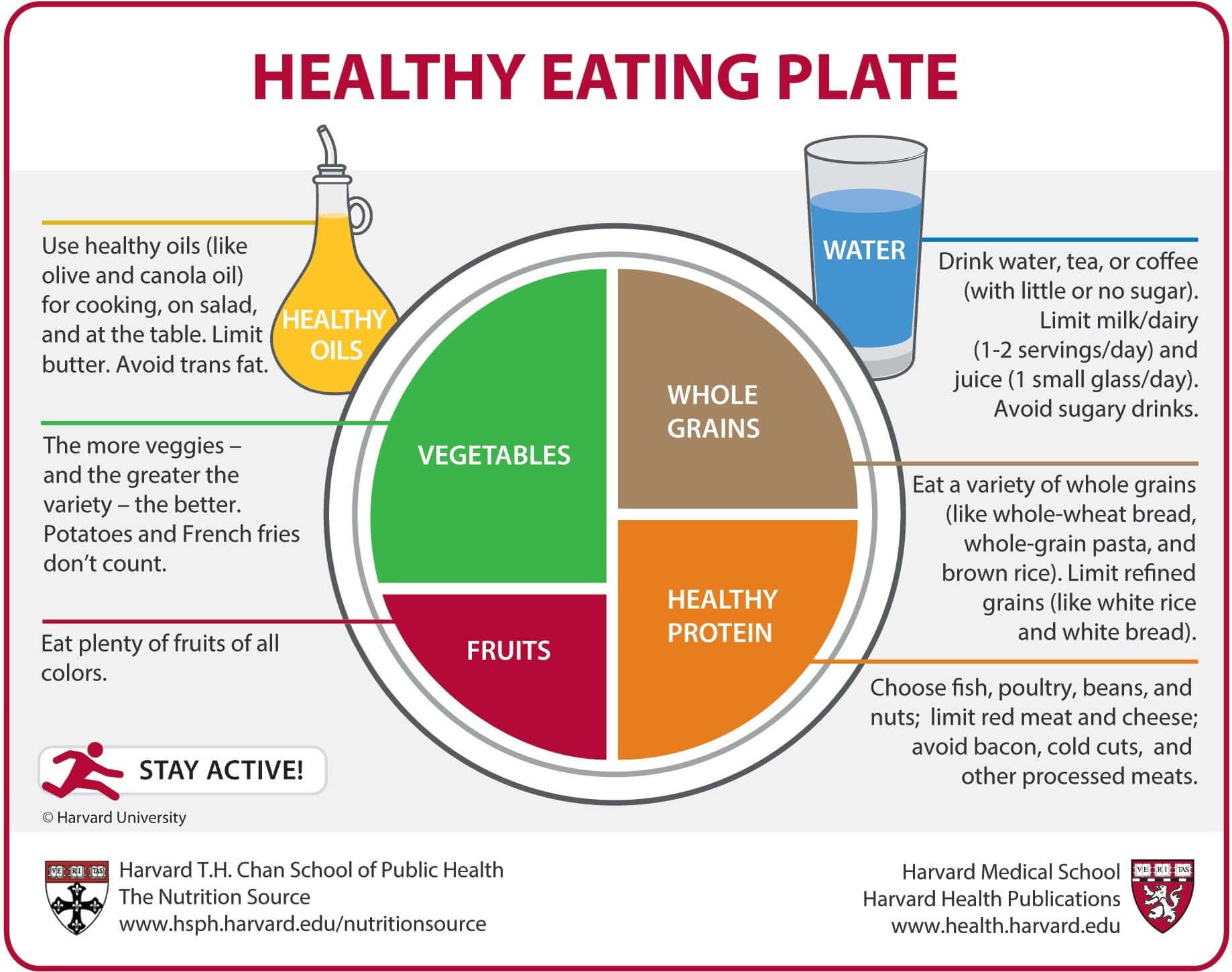
This is the reality for some Americans — changing your diet isn’t as easy as it sounds.
Incorporating more physical exercise into your daily routine is an excellent way to make a lifestyle change, but this can be challenging too.
Many gym memberships contain hidden fees within their monthly membership costs. Membership may not include access to lockers, showers, and fitness classes, leaving members paying more.
Additionally, individuals who don’t have the time to use the gym frequently or can’t afford the monthly price might be stuck paying a hefty early cancellation fee.
So while the price of GLP-1 treatments, like Semaglutide, can look intimidating at first glance, this fast-acting weight management and diabetes program can save precious time and money in the long run.
Conclusion
Semaglutide injections increase the body’s insulin production and reduce an individual’s appetite, making them an effective weight management and diabetes treatment option.
But depending upon your insurance coverage, Semaglutide can be costly. The average out-of-pocket cost for these medications can be as high as $1,400 a month.¹⁶ This prescription medication is too expensive for many Americans struggling to achieve a healthy weight.
That’s why Henry Meds™ offers doctor-approved medical weight management programs using Semaglutide for $297 a month, regardless of insurance coverage. Once a patient has been approved to start treatment by a telehealth provider, the medication will be delivered straight to their door.
Get the healthcare you deserve at an affordable price. Schedule your online telehealth visit today!
To help you trust the information we provide, every article written by Henry relies on peer-reviewed studies and medically-reviewed facts. We ensure that data, ideas, and figures cited are reliable, current, and accurate. Our team of medical reviewers aims to help you cut through the noise with clear and authoritative primary and secondary sources.
Nothing in this article is intended to be prescriptive or medical advice. Talk to your doctor before starting a new diet and exercise plan. Information presented is about our medically supervised weight management programs and is not an advertisement for a specific drug.
Sources
Shaefer, C. F., Kushner, P., & Aguilar, R. (2015). User’s Guide to mechanism of action and clinical use of GLP-1 receptor agonists. Postgraduate Medicine, 127(8), 818–826. https://doi.org/10.1080/00325481.2015.1090295
FDA. (2021, June 4). FDA approves new drug treatment for Chronic Weight Management, first since 2014. U.S. Food and Drug Administration. https://www.fda.gov/news-events/press-announcements/fda-approves-new-drug-treatment-chronic-weight-management-first-2014
Centers for Disease Control and Prevention. (2022b, June 3). Assessing your weight. Centers for Disease Control and Prevention. https://www.cdc.gov/healthyweight/assessing/index.html
Temple, N. J. (2022). The origins of the obesity epidemic in the USA–lessons for Today. Nutrients, 14(20), 4253. https://doi.org/10.3390/nu14204253
Centers for Disease Control and Prevention. (2022a, May 17). Adult obesity facts. Centers for Disease Control and Prevention. https://www.cdc.gov/obesity/php/about/index.html
Blood glucose and insulin at work. Blood Glucose and Insulin at Work | ADA. (n.d.). https://diabetes.org/tools-support/diabetes-prevention/high-blood-sugar
Hyperglycemia. Cleveland Clinic. (n.d.). https://my.clevelandclinic.org/health/diseases/9815-hyperglycemia-high-blood-sugar
Wilding, J. P. H., Batterham, R. L., Calanna, S., Davies, M., Van Gaal, L. F., Lingvay, I., McGowan, B. M., Rosenstock, J., Tran, M. T. D., Wadden, T. A., Wharton, S., Yokote, K., Zeuthen, N., & Kushner, R. F. (2021). Once-weekly Semaglutide in adults with overweight or obesity. New England Journal of Medicine, 384(11), 989–1002. https://doi.org/10.1056/nejmoa2032183
Reducing obesity. Medicaid. (n.d.). https://www.medicaid.gov/medicaid/quality-of-care/quality-improvement-initiatives/reducing-obesity/index.html
Beltran, J. V. (2023, June 26). How much will ozempic cost without insurance? How Much is Ozempic Without Insurance? https://healthnews.com/family-health/drugs/ozempic-cost-without-insurance/
FDA, Ibid.
Centers for Disease Control and Prevention. (2022a, July 13). Obesity and cancer. Centers for Disease Control and Prevention. https://www.cdc.gov/cancer/risk-factors/obesity.html
American Association for Cancer Research (AACR). (2020, June 9). Cancer care costs in the United States are projected to exceed $245 billion by 2030. American Association for Cancer Research (AACR). https://www.aacr.org/about-the-aacr/newsroom/news-releases/cancer-care-costs-in-the-united-states-are-projected-to-exceed-245-billion-by-2030/
Centers for Disease Control and Prevention. (2022, September 8). Heart disease and stroke. Centers for Disease Control and Prevention. https://www.cdc.gov/heart-disease/about/index.html
Food Access Research Atlas. USDA ERS - Documentation. (n.d.). https://www.ers.usda.gov/data-products/food-access-research-atlas/documentation/
Beltran, J. V. Ibid
Read more from our blogs
Is Compounded Semaglutide Safe? How to Know
Nov 8, 2023
Discover what Compounded Semaglutide is. Find the safest compounded medications for you.
The Ultimate Guide to Designing a Semaglutide Diet Plan
Nov 6, 2023
Learn about Semaglutide and how to develop your Semaglutide diet plan.
Semaglutide and Alcohol Consumption
Jun 12, 2024
Can you drink alcohol while on Semaglutide? How Semaglutide can affect alcohol intake.
Back to blog



